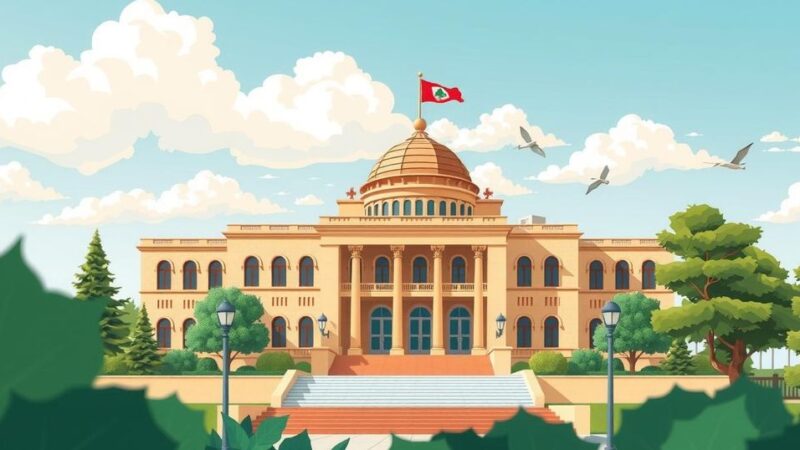The Syrian civil war originated from protests during the Arab Spring, evolving into a devastating conflict with profound human and ideological consequences. In a dialogue, Gamal Mansour discusses the regime’s dynamics and the emergence of groups like Islamic State, emphasizing the need to understand diverse perspectives on the war’s impacts and the political realities in Syria today.
The Syrian civil war, which unfolded over thirteen years, originated from a peaceful uprising during the Arab Spring. As protests intensified against the Assad regime in 2011, the situation escalated into a brutal conflict characterized by devastating human losses and significant ideological shifts in both the Western and Arab contexts. Key players included Assad’s government and various opposition factions, including the emergence of Islamic State amid the chaos.
In a detailed discussion between Gamal Mansour, a Syrian-Palestinian political scientist, and Ashfaaq Carim, they explored the complexities of the war’s origins and outcomes. Mansour’s research highlights strategies employed by the business sector within the Assad regime to maintain autonomy amidst state control. Their conversation also delved into the ideological ramifications of the war, particularly the political rightward shift in Europe and North America.
Furthermore, they addressed the controversial dynamics surrounding Hayat Tahrir al-Sham’s actions in Damascus, noting the varied interpretations and reactions within different political factions. They critically evaluated the hesitance of certain anti-US-imperial left groups to acknowledge the current realities faced by many Syrians, emphasizing a need for a clearer understanding of the situation. This dialogue affirms the complexities and ongoing challenges stemming from Syria’s protracted conflict.
Syria’s civil war began in 2011 as part of broader Arab Spring protests, initially aimed at democratic reforms and opposition to authoritarian governance. It rapidly evolved into one of the most devastating conflicts in recent history, leading to mass displacement, human rights abuses, and the rise of extremist groups such as the Islamic State. The war revealed profound ideological divides, impacting geopolitical relations and domestic policies within affected regions, particularly in Europe and North America. Gamal Mansour’s work sheds light on the survival tactics of business sectors under Assad’s regime, providing insights into how economic strategies influenced political stances during the conflict. The conversation between Mansour and Carim captures the enduring impact of the war on Syrian society and the varied narratives emerging from different political entities regarding Syria’s future.
The discussion on Syria’s civil war illustrates the complexity and multifaceted nature of the conflict that has persisted for over a decade. It highlights not only the dire humanitarian consequences but also the ideological shifts and geopolitical repercussions that have reshaped perceptions globally. As the situation evolves, understanding the diverse perspectives on governance and the role of external influences remains crucial for comprehending the future trajectory of Syria and its people.
Original Source: www.middleeasteye.net






